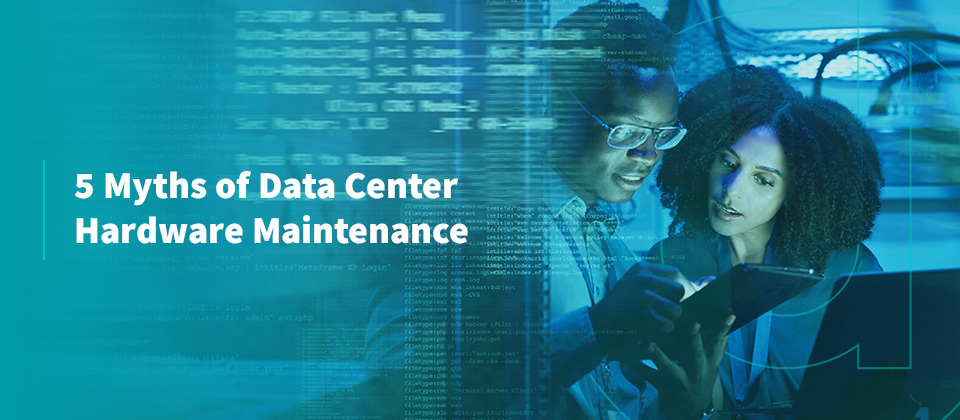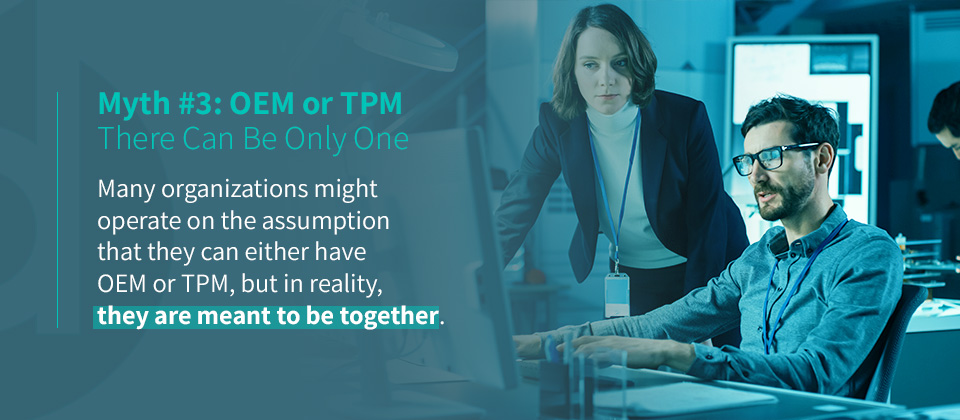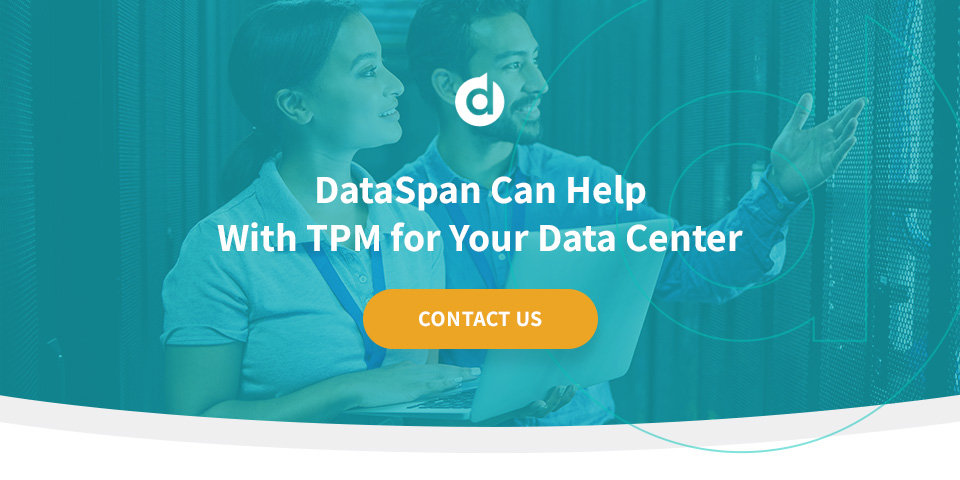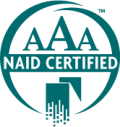
5 Myths of Data Center Hardware Maintenance
There are many assumptions about how third-party maintenance (TPM) and original equipment manufacturer (OEM) support differ. Explore the common myths about TPMs and learn how data centers can optimize your budget and extend equipment life, all without sacrificing performance.
Myth # 1: Microcode Updates Are Vital to Your Hardware Performance
While the goal of microcode updates is to enhance stability, many businesses don’t necessarily rush to execute every microcode update. After all, these “non-disruptive” updates tend to create system outages or require significant resources that take away from business continuity.
If the current code is stable, organizations may not want to go through the update process and risk complications or outages. Moving hardware to a TPM plan will, in fact, affect your ability to complete microcode updates. But you should ask yourself, how often do we upgrade to the newest release? If your answer is not very often, you’ve cracked the first myth of TPM.
Myth #2: You Should Replace Equipment When It Reaches EOL or EOSL
OEMs often warn customers about end of life (EOL) or end of service life (EOSL) with recommendations for upgrading equipment. It serves the OEM well by creating a sense that post-warranty maintenance is expensive, and that customers are better off investing in new hardware. This is because your purchase of new equipment restarts the product lifecycle for the OEM. Additionally, the customer lifecycle restarts and the OEM has greater opportunities for extending their relationship with you.
However, it’s important to know that replacing equipment at EOL or EOSL is not your only option. In most cases, data center servers, storage and network equipment can last far longer than the OEM projects, especially with proper preventive maintenance.
Post-warranty maintenance with a TPM for machines outside EOSL provides coverage for equipment at significant cost savings to your company. Introducing TPM to your business can also extend hardware lifecycles and free up your budget, allowing you to allocate more to strategic initiatives.
Myth #3: OEM or TPM — There Can Be Only One

Many organizations might operate on the assumption that they can either have OEM or TPM, but in reality, they are meant to be together. Consider your data center — if mission-critical equipment were to fail, your business would suffer. You also likely maintain non-mission critical equipment and backup hardware that might not impact your business as heavily if it were to fail.
The harmony lies in a smart balance of OEM warranties and TPM services, which can keep your operations running smoothly. You can take your mission-critical hardware and maintain it on the OEM warranty, ensuring the latest microcode upgrades and new parts keep the hardware running at 100%.
All your non-mission critical equipment and backup hardware can continue to thrive after EOSL with TPM. This plan keeps your data center equipment operational at a fraction of the price and reduces unnecessary disruptions from constant hardware maintenance and equipment upgrades.
Myth #4: Only OEMs Can Install Software Updates
You might think contracting with a TPM means losing out on software updates and patches, but that isn’t always the case. Some partners can legally obtain updates for your hardware, and if not, data centers won’t be left to flounder. Your TPM can help determine if you need any upgrades and possible solutions.
Furthermore, many releases are solely for newer hardware and features, so the patches may not even apply. Your TPM will be able to keep an eye on any known issues and provide solutions.
Myth #5: TPMs Push You Into Premature Upgrades and Maintenance
If you’ve only ever worked with an OEM, you might be wary of TPMs. However, it’s important to understand how TPMs work. A TPM operates independently from manufacturers, so their recommendations will only factor in your operational needs, not sales goals. They’ll never push you to upgrade equipment prematurely or perform unnecessary data center maintenance.
Working with a TPM allows you to extend the life of your equipment while saving money. With more personalized service, your organization will benefit from tailored solutions to meet your everyday IT challenges.
DataSpan Can Help With TPM for Your Data Center
When you have a diverse plan for maintenance that takes into account all your needs, your business will thrive. A plan that provides critical updates while driving considerable budgetary savings is the holy grail. Our team can help you assess your equipment and make the best decision about OEM and TPM maintenance.
DataSpan is an industry leader with over 50 years of experience. Our Third-Party maintenance and support services are OEM caliber or better, providing you with the assurance your data center is in good hands.
Contact a representative or fill out our online form to learn more or receive a maintenance quote.

About the Author: Alex von Hassler’s long term focus is the continued testing, learning, and deployment of modern IT solutions. During his years as a DataSpan team member, his responsibilities grew from managing Salesforce CRM to improving system security, creating marketing initiatives, as well as providing continued support to the highly motivated and experienced team in an ever-changing industry. As DataSpan evolves to provide the best-fitting IT solutions to its customers, Alex von Hassler continues to hone his skills in the world of web-based ERP systems, security, and best customer engagement practices. Empowering such a dynamic team with the right tools provides him with enormous gratification.








